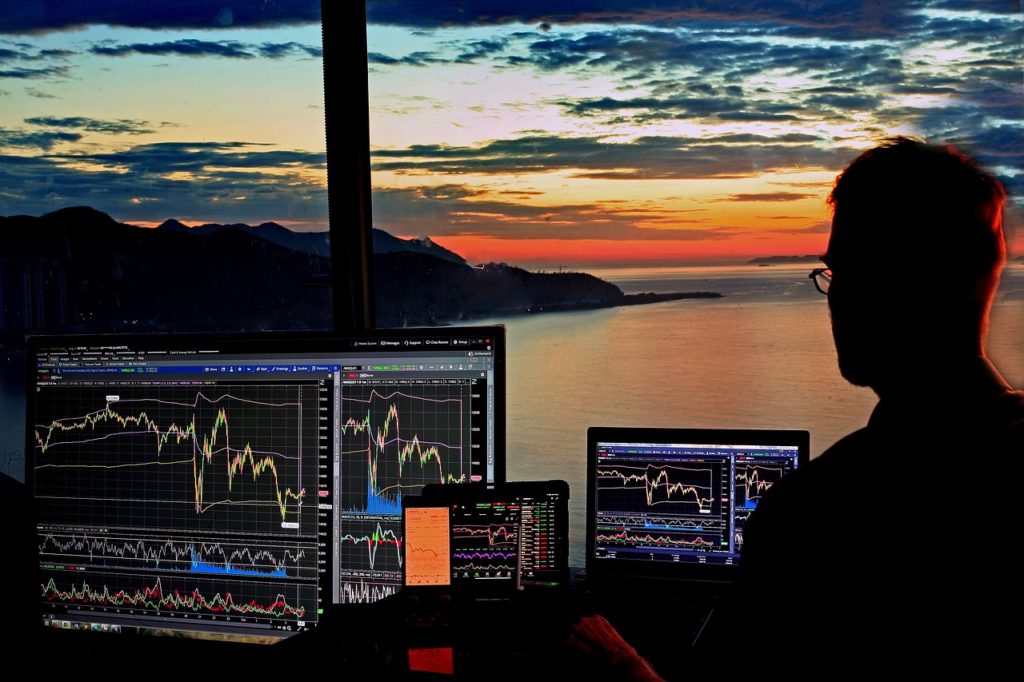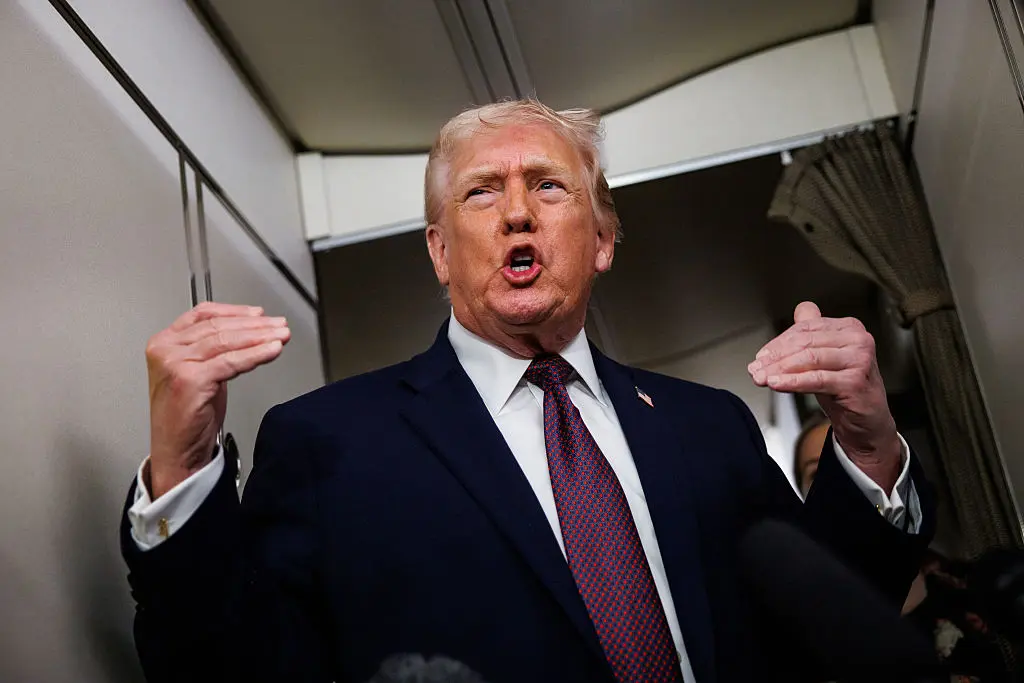
At a time when economic structures change as fast as weather patterns, the forex market opens the door to successful trade. All these occur in this global marketplace, posing prospects and risks due to prevailing economic instabilities.
These dynamics help anyone interested in following the forex trading business unravel the market.
Forex Trading Dynamics Amid Economic Fluctuations
The link between economic uncertainty and the foreign exchange market is a synchronized dance of cause and impact. Still, in conditions of financial uncertainty, reactions of the forex market suggest that prices are more dependent on world occurrences—from political instabilities to economic downturns.
Especially in Nigeria, the forex environment is ever-dynamic, a situation that is apt for capturing the challenges and opportunities associated with the unpredictability of the economy. Forex trading in Nigeria portrays a mini-world where the local currency fluctuates according to national and international occurrences.
Dealing with this market is like surfing on economic currents, with timing being the critical parameter, skill, and an accurate understanding of the flow. Analyzing these markets’ dynamics, traders are thus able to understand trends they then have to apply to convert these issues to positive gains.
Analyzing Market Sentiment and Economic Indicators
Forex traders usually analyze major currency pairs by using solid and stable economic factors to forecast the likely direction of the currency. Economic indicators like inflation rates, employment status, and manufacturing productivity are essential aspects of a financial change.
These metrics give information about a country’s short-term economic condition and point toward forces that may affect the foreign exchange value.
As can be seen, these indicators are analyzed even more during periods of uncertainty, which gives an additional unambiguous story behind the figures. Seasoned traders consider these extremes as signs that provide them with ways to buy and sell products in the market in the most advantageous way possible.
This method is crucial since it characterizes the totality of the market mood, which, if understood, puts one in a position to predict the market’s movements before it becomes virtually apparent to a broader market.
Advanced Risk Management in Forex
Managing risks is a key to approaching forex markets, especially during economic uncertainty, and it is an essential principle of the analytics activity. Business people use many approaches to avoid the loss and safeguard profits.
One of the most familiar is the stop loss order, followed by the automated closing of a buying and selling position at a certain loss level to prevent more loss. Likewise, traders may employ take-profit orders to close a position to lock profits if prices move to desirable levels.
Another critical strategy is hedging, which enables traders to manage risks by insulating their investments from chances of fluctuating in the wrong direction concerning the currency.
This can be achieved using options contracts, which give the buyer the option, but not the requirement, to purchase or sell a currency at a particular rate before the contract expires.
The Role of Technology in Forex Trading Efficiency
Technology recreates the very structure of forex trading, especially during economic volatilities. Modern trading interfaces consist of analysis elements that provide real-time analysis and prediction of trends and other relevant information so traders can make prompt decisions.
Another area in which the help of technology has revolutionized is automatic trading. Real-time trading is now performed by algorithms that execute trades that meet specific parameters laid down by traders, thereby extending operations’ endurance and speed.
Such trading capability is advantageous in so far as it enables trade to take place at any time of the day and night. However, increased mobile trading applications have made the forex markets available to the everyday trader.
These technologies also improve risk management capacities: for example, traders can employ applications that notify them of the price ranges of a particular currency they reach or deliver notices on outstanding news that might influence the market conditions.
Building Resilience in Forex Trading Strategies
Given the ever-rising economic instabilities, it’s always wise to put up some measures to counterbalance effects, especially in forex trading. This resilience is explained by the fact that a trader must effectively establish a stand and survive in a constantly changing market.
Every trader has to adapt to the market lessons, both short-term and long-term moving averages concerning effects on the economy.
It may shift by altering their trades in quantity, altering leverage applied, or changing which pairs interest them due to the updated statistical information concerning a particular economy.
Navigating the Waves
As the forex market is based on the constant rise and fall of economic currents, prepared individuals have the opportunity. It requires its participants’ skill, knowledge, and the right spirit to sail toward the roughest waters of high volatility.
The traders who succeed in this business core steer through these waters while keeping a lookout on the horizon and having complete control of their trading plans. However, the forex market still stands as an ocean of opportunities, although a high level of unpredictability for the traders characterizes it.










